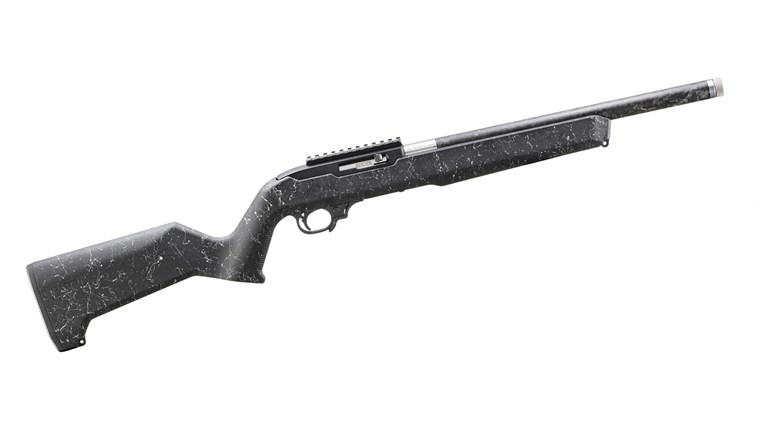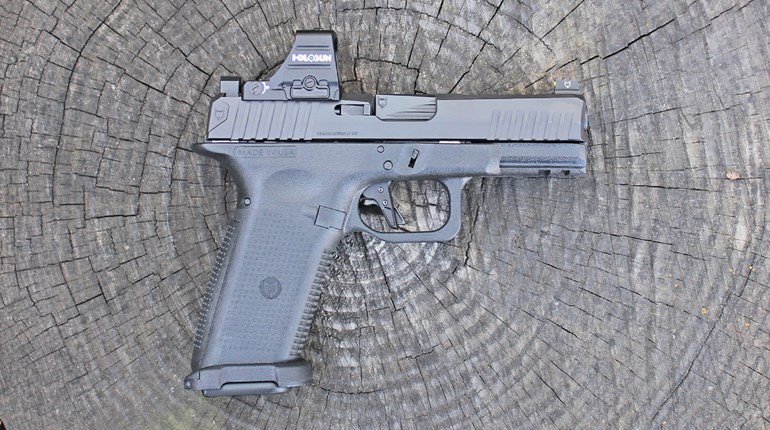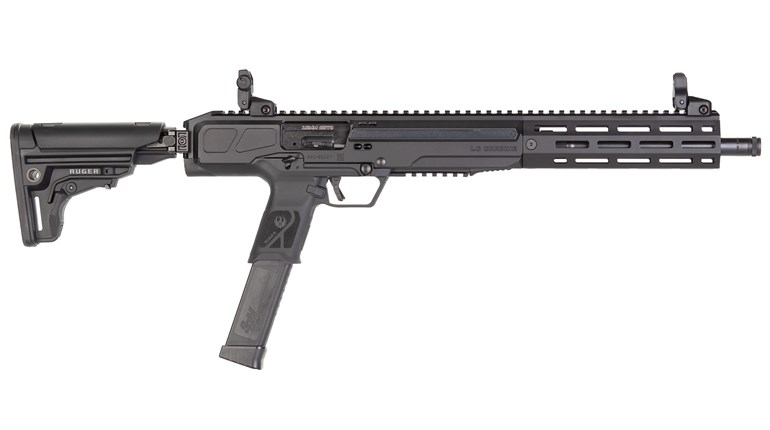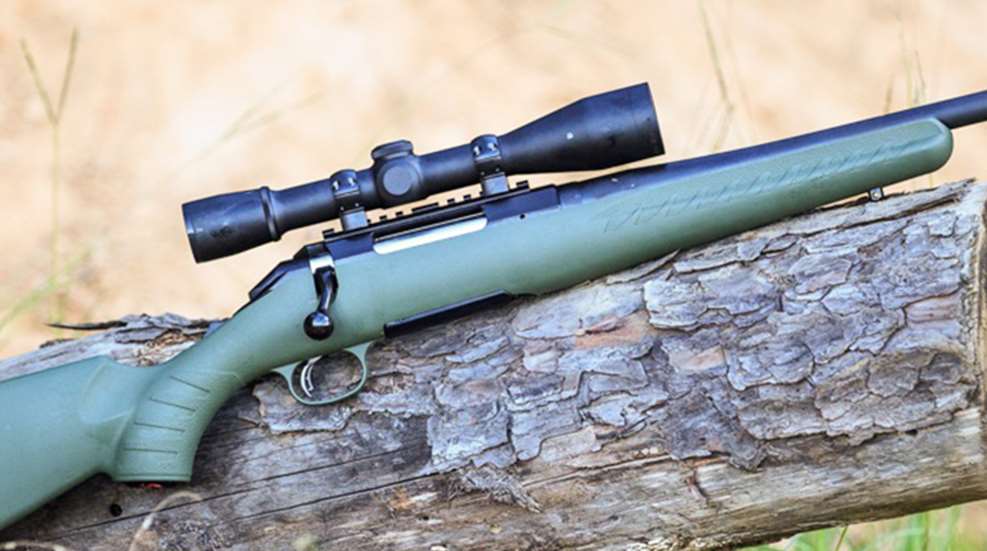
If you’ve read much of what I’ve written about hunting rifles or spent any time around me in-person, you’ll know pretty quickly that I’m sort of a rifle snob. I don’t look down on guns carried by others but, I personally like to hunt with the very best rifles that I can afford. For me, it’s not about bragging rights or showing off, I just don’t want to be let down by my equipment. I’m also really, really into guns and choose to spend my resources accordingly. I also understand that I’m not like everyone else and that hunters have vastly different budgets and financial priorities. With this in mind, I pitched a story to our editors that would force me to choose a hunting rifle “package” on a fixed budget. If I had only $600 to spend on a new rifle, with a new scope and mounts, how would I allocate it?
Let’s start by defining our goals. This rifle would be useful for the “average” North American hunter meaning that it should be capable of taking deer-sized game in mixed terrain and vegetation at distances up to and including 300 yards. That probably describes 90 percent of big game hunting that goes on in this country each Fall. Cartridge choice isn’t really relevant since that usually has little bearing on the price of the rifle. Suffice it to say that the rifle should be available in a chambering suitable for the game being pursued.
I’ll often preach to spend more money on the scope than the rifle but, at $600, that’s not really feasible. At this budget, the majority of our funds are going to be spent on the rifle. Just a few years ago, the pickings were slim when it came to quality factory-new bolt action hunting rifles with street prices of under $400. Fortunately, that has changed significantly in recent years with most major gun manufacturers offering budget-priced hunting rifles. Of these inexpensive bolt guns, my favorite is the Ruger American series. Ruger’s American line of centerfire rifles have quickly earned a reputation for excellent accuracy thanks to their quality barrels, three-lug actions, and innovative bedding techniques. Essentially, Ruger’s engineers set out to build the best-shooting gun that they could develop at that price point and hit the nail on the head.
For this project, I chose the Ruger American Predator chambered in 6mm Creedmoor which comes with an injection-molded polymer stock, a detachable box magazine and a 22-inch threaded barrel. The 6mm Creedmoor uses the same case as the popular 6.5 Creedmoor but with a smaller diameter 6mm (.244-inch) bullet, sort of an updated version of the .243 Winchester. This cartridge has become a favorite of long-range precision shooting competitors thanks to its low recoil, excellent ballistic capabilities and accuracy potential and would be an equally great choice for deer and hog hunting in my part of the world. The MSRP on this rifle is $529, but I was able to find them priced at $399 at more than one national retailer. That gives us $201 to spend on optics and rings, since the American comes with a scope mount installed as a standard feature.
Optics is where this gets tricky—I’ve tried plenty of scopes that cost less than $200, but not many that were much good. I am a big fan of fixed 6x scopes for the versatility and durability: 6x is plenty of magnification for most real-world hunting situations and not too much for shots in close cover. Since a fixed-power scope has almost no moving parts, they usually don’t break very easily which is a very useful attribute. Best of all, the simplicity of a fixed power scope means that you can get yourself better glass for less money than a comparable variable power. With all of this in mind, I chose the classic Weaver K6 6x38mm scope to mount atop our Ruger. The street price of $159 left us with $42 to spend on scope rings. Sticking with the affordable quality theme, I chose a set of Weaver Grand Slam 1-inch rings for $21. The $21 we had left would buy us a Claw sling from Quake.
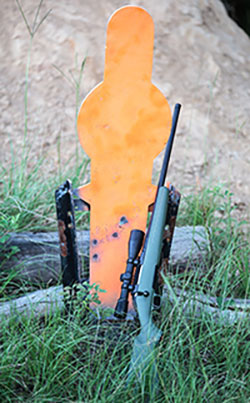 I mounted and bore-sighted the scope (didn’t bother with the sling) and headed out to the range to see how well this combo shot. The scoped rifle weighed-in at 7 pounds 9 ounces on my postal scale, which I consider about ideal for such a setup—light enough to carry but heavy enough to shoot well from field positions. Hornady sent us a few boxes of factory ammunition with both the 108-grain ELD-M Match and 103-grain ELD-X Precision Hunter loads to choose from. Both loads offer long-for-caliber, high BC bullets (.536, .512, respectively) and, though the ELD-M isn’t specifically designed for hunting use, I wouldn’t hesitate to use either bullet on a southern whitetail.
I mounted and bore-sighted the scope (didn’t bother with the sling) and headed out to the range to see how well this combo shot. The scoped rifle weighed-in at 7 pounds 9 ounces on my postal scale, which I consider about ideal for such a setup—light enough to carry but heavy enough to shoot well from field positions. Hornady sent us a few boxes of factory ammunition with both the 108-grain ELD-M Match and 103-grain ELD-X Precision Hunter loads to choose from. Both loads offer long-for-caliber, high BC bullets (.536, .512, respectively) and, though the ELD-M isn’t specifically designed for hunting use, I wouldn’t hesitate to use either bullet on a southern whitetail.
The 108-grain ELD-M load averaged 2893 fps of muzzle velocity and three-shot groups were consistently in the 0.75-inch range at 100 yards. The Precision Hunter 103-grain load loads clocked at virtually the same speed and groups hovered at just over an inch. Candidly, I wasn’t being super careful when it came to my bench technique, since the goal was to find a rifle/scope/load capable of putting three rounds through a deer’s lungs at an ethical distance. Needless to say, the rifle, scope and ammunition were plenty accurate for the task at hand.
Enough with the bench—it was time for some more practical field shooting. There’s a standard IPSC-sized Pepper Popper steel target that sits at my range’s 325-yard line. Without altering my 100-yard zero, I sat on the ground and fired four shots from a seated position without the benefit of a sling. Due to the bullets’ trajectory, the bullets landed well below the point of aim (even with the Creedmoor headstamp, physics apply) but the group was less than 5 inches across. Nothing to call Camp Perry about but certainly “minute of deer heart.” Concept proven.
I’m not about to sell all of my custom rifles and do all of my hunting with a $600 combo, but for the hunter on a budget looking for a solid setup, it would be tough to improve upon this combination. For all of the talk about “long-range” hunting, dialing for distance and fumbling with gadgets, most guys and gals with a tag in their pocket just want to do some sneaking, take reasonable shots and put some meat on the table. For the vast majority of those hunting situations, one could rely on this setup and never find it wanting.












